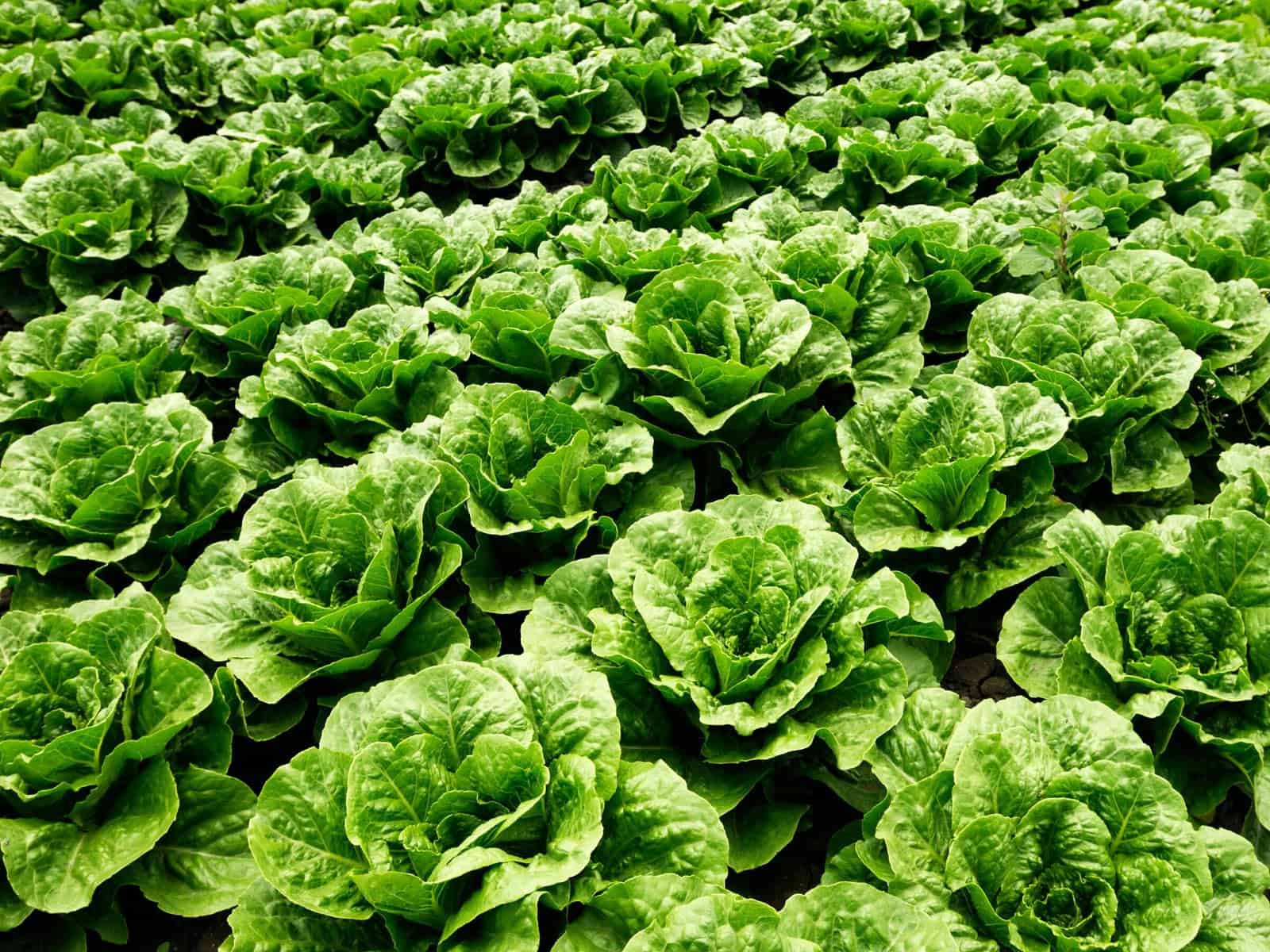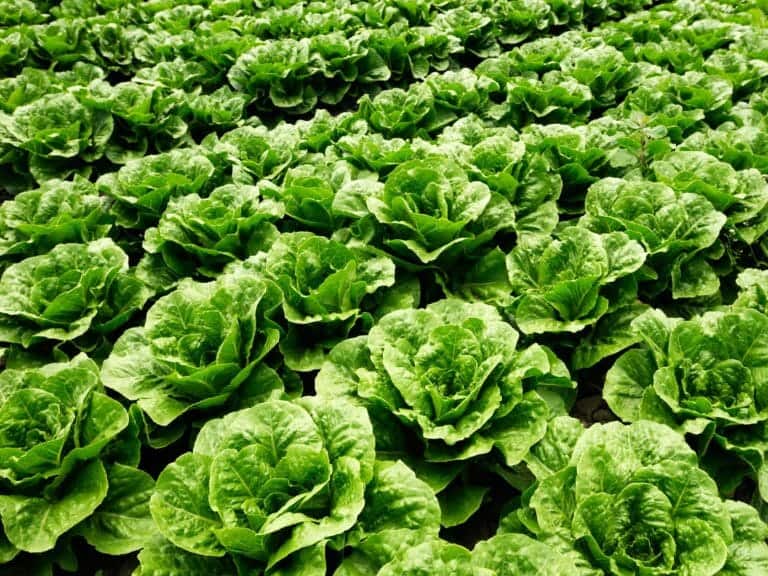This story originally appeared on Reveal and is part of the Climate Desk collaboration. Photo: Getty Images
William Whitt suffered violent diarrhea for days. But once he began vomiting blood, he knew it was time to rush to the hospital. His body swelled up so much that his wife thought he looked like the Michelin Man, and on the inside, his intestines were inflamed and bleeding.
For four days last spring, doctors struggled to control the infection that was ravaging Whitt, a father of three in western Idaho. The pain was excruciating, even though he was given opioid painkillers intravenously every 10 minutes for days.
His family feared they would lose him.
“I was terrified. I wouldn’t leave the hospital because I wasn’t sure he was still going to be there when I got back,” said Whitt’s wife, Melinda.
Whitt and his family were baffled: How could a healthy 37-year-old suddenly get so sick? While he was fighting for his life, the U.S. Centers for Disease Control and Prevention quizzed Whitt, seeking information about what had sickened him.
Finally, the agency’s second call offered a clue: “They kept drilling me about salad,” Whitt recalled. Before he fell ill, he had eaten two salads from a pizza shop.
The culprit turned out to be E. coli, a powerful pathogen that had contaminated romaine lettuce grown in Yuma, Arizona, and distributed nationwide. At least 210 people in 36 states were sickened. Five died and 27 suffered kidney failure. The same strain of E. coli that sickened them was detected in a Yuma canal used to irrigate some crops.
For more than a decade, it’s been clear that there’s a gaping hole in American food safety: Growers aren’t required to test their irrigation water for pathogens such as E. coli. As a result, contaminated water can end up on fruits and vegetables.
After several high-profile disease outbreaks linked to food, Congress in 2011 ordered a fix, and produce growers this year would have begun testing their water under rules crafted by the Obama administration’s Food and Drug Administration.
But six months before people were sickened by the contaminated romaine, President Donald Trump’s FDA – responding to pressure from the farm industry and Trump’s order to eliminate regulations – shelved the water-testing rules for at least four years.
Despite this deadly outbreak, the FDA has shown no sign of reconsidering its plan to postpone the rules. The agency also is considering major changes, such as allowing some produce growers to test less frequently or find alternatives to water testing to ensure the safety of their crops.
The FDA’s lack of urgency dumbfounds food safety scientists.
“Mystifying, isn’t it?” said Trevor Suslow, a food safety expert at the University of California, Davis. “If the risk factor associated with agricultural water use is that closely tied to contamination and outbreaks, there […]
Full article: The Science Is Clear: Dirty Farm Water Is Making Us Sick
More about E. coli and other pathogens:
How a Yemen Water Plant Helped Cut Cholera by 92 Percent
Iowa environmentalists scored a victory for water quality as 2017 ended
Factory Farms and Superstorms Don’t Mix
Report: Kentucky Water Systems Serving 1.5 Million Violated Health Standards
Hudson River in Capital District consistently tests high for fecal bacteria in report



